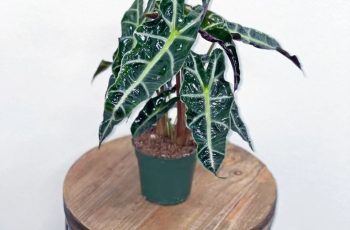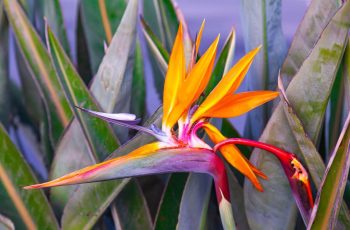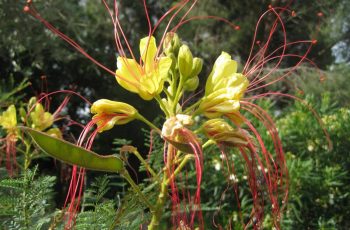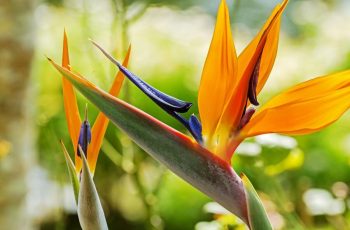Bamboo palms are a favorite for both indoor and outdoor spaces due to their lush green leaves and ability to thrive in low light conditions. This guide provides comprehensive information on how to grow and care for bamboo palms, covering soil, light, watering, feeding, and pest management.
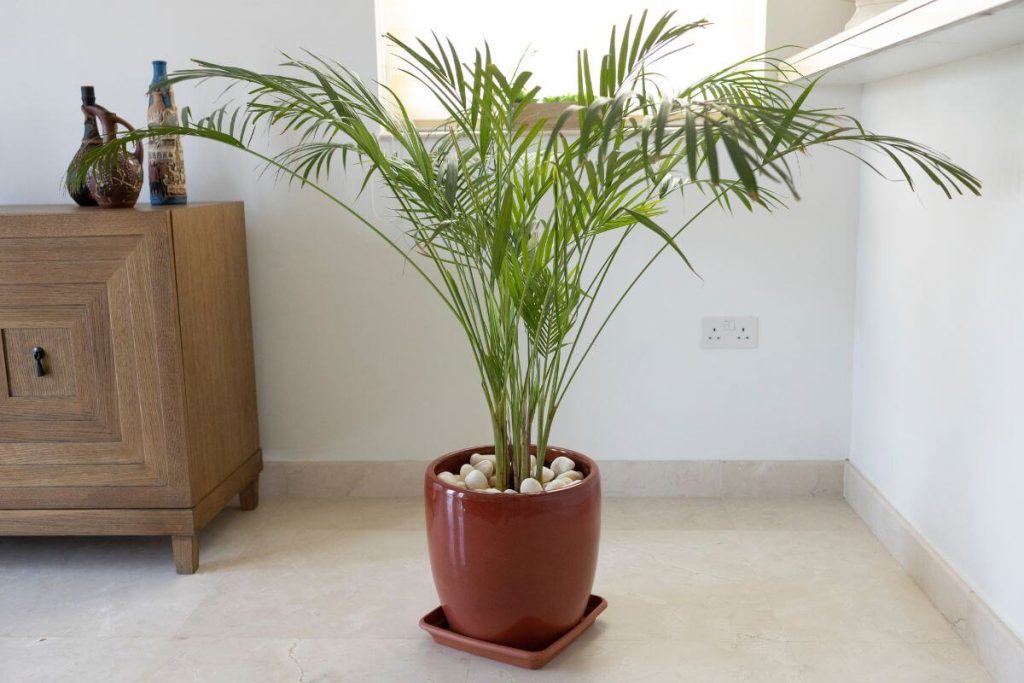
Key Takeaways About Bamboo Palm
- Light Requirements: Bamboo palms thrive in bright, indirect light and can adapt to low-light environments, making them suitable for indoor settings.
- Growth Potential: Outdoors, they can grow up to 20 feet tall, while indoors they typically reach around 7 feet.
- Toxicity: The stems and leaves of bamboo palms are non-toxic to humans and pets, but their berries can be harmful if ingested.
- Air Purification: Bamboo palms are excellent air purifiers, effectively removing toxins like formaldehyde and benzene from indoor air.
- Soil Preference: They prefer well-draining, slightly acidic soil that retains moisture without becoming soggy.
- Fertilization: Regular fertilization during the growing season with a balanced, slow-release fertilizer promotes healthy growth.
- Propagation: Bamboo palms can be easily propagated from offshoots, offering a quicker alternative to growing from seeds.
Overview of Bamboo Palm
Bamboo palms, scientifically known as Chamaedorea seifrizii, are native to Mexico, Guatemala, and Honduras. They feature beautiful green pinnate leaves and are known for their slender, bamboo-like stems. These palms do not emit a strong fragrance when flowering, and their female plants produce orange fruit that turns black when ripe.
Care Instructions
- Soil: Use a high-quality potting mix enriched with organic materials like peat moss for indoor plants. For outdoor planting, ensure the soil is well-draining and mixed with compost.
- Light: Place bamboo palms in bright, indirect light to mimic their natural habitat. Avoid direct sunlight, which can cause leaf burn.
- Temperature: They thrive in temperatures between 65°F and 75°F. Protect them from cold drafts and temperatures below 55°F.
- Humidity: These palms enjoy humid environments, so misting them occasionally or using a pebble tray can help maintain moisture levels.
- Watering: Keep the soil consistently moist but not waterlogged. Water when the top inch of soil feels dry, and use distilled or rainwater when possible.
- Fertilization: Apply a balanced fertilizer during the growing season and adjust based on whether the plant is in a container or the ground.
Pest Management
Bamboo palms are resilient but can be affected by pests such as spider mites, mealybugs, and scale. Regularly inspect your plants and treat infestations promptly with insecticidal soap or horticultural oil. Overwatering can lead to leaf yellowing and root rot, while underwatering may cause brown leaf tips.

Conclusion
Bamboo palms are ideal for indoor plant lovers, thriving in low-light conditions and requiring minimal care. With proper attention to their light, soil, and humidity needs, these palms can flourish, adding a tropical touch to your home. Whether you’re a beginner or an experienced gardener, bamboo palms can be a rewarding addition to your indoor plant collection.

